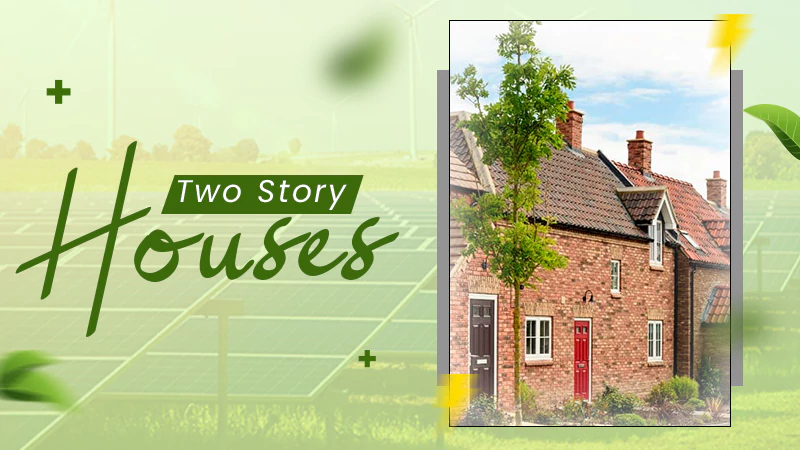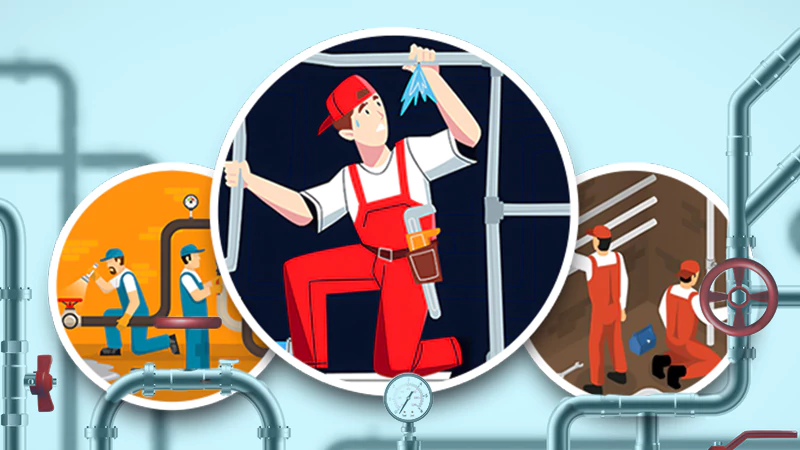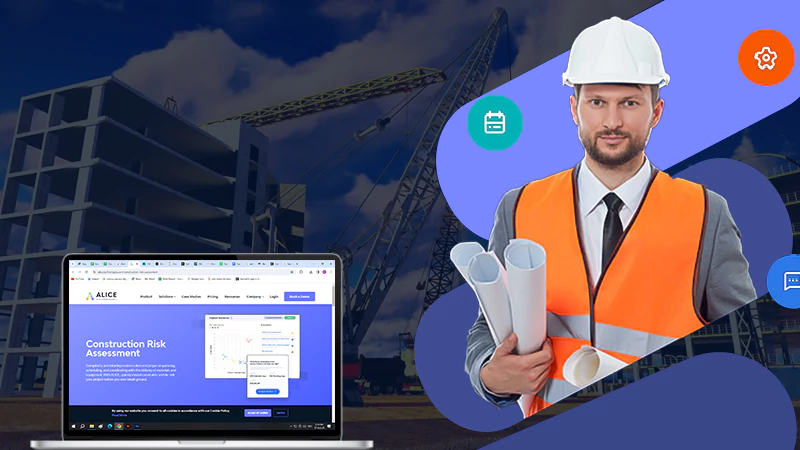Types of Pre-engineered Buildings and How to Choose a Company
The popularity of pre-engineered buildings continues to increase each year as people and industries continue to recognize its numerous benefits. Statistics predict that the market for prefabricated buildings will reach 34 billion USD by 2028, with a CAGR of above 12%.
Pre-engineered steel and metal buildings enjoy several advantages over traditional construction, hence their increasing popularity. A traditionally built structure is way costlier because of the expenses involved in labor, materials, site preparation, and related processes. And even after all that, the results are only sometimes satisfying.
You ought to Read more about prefab steel buildings before deciding to order one for yourself. They are significantly cheaper than traditional construction methods, have a highly convenient and easy assembly process, and last longer than other materials like concrete and wood.
Companies specializing in manufacturing these structures use steel because it assures the highest product quality, is cost-effective, aesthetically pleasing, energy efficient, compatible with insulation packages, and recyclable. Unlike wood and concrete, it is resistant to fire damage, harsh weather conditions, and termites.
But what are the types of buildings that prefab companies specialize in, and some other things you should know about these? Read on to get the answers below.
Types of Pre-engineered Buildings
Commercial
These include retail stores, restaurants, car dealerships, convenience stores, and repair shops. One of the primary requirements for commercial businesses is the security and safe storage of equipment and materials, which is what steel buildings provide.
Further, most commercial structures require maximum interior space. Even in this regard, prefab steel buildings stand out because they allow the full utilization of inner space without columns, pillars, or other support structures.
Scalability is another reason most businesses prefer steel buildings, as it allows them to expand quickly without involving significant material and labor costs and takes significantly less time.
Warehouses
Most businesses, regardless of their size or which industry they are in, require warehouses for storage purposes. Agriculture, retail, food and beverage, manufacturing, and almost every other sector require an optimum storage facility with maximum safety and security, which is what steel warehouse buildings provide.
Most warehouses require a climate-controlled environment and various layouts, depending on the requirements of a company. Steel structures perform well on both these fronts. Because of its high tensile strength, steel warehouses offer maximum security and design flexibility.
Warehouses made from steel also require very little maintenance and provide the best protection against pests and rodents, which are known to cause plenty of damage in their presence.
Garages and Workshops
Garages and workshops are sacred spaces for motorbike and automobile enthusiasts, as it provides them with a place to indulge in their hobby while relaxing at the same time. Prefab steel garages serve the purpose of vehicle parking, equipment storage, and mechanic workshop.
But one area in which they differ from traditional garages is the construction method. Most come up with a do-it-yourself steel building kit containing essential pre-built components that you can assemble without heavy machinery. DIY structures usually consist of parts like roof panels, framing systems, trim packages, and sidewall panels.
How are Pre-engineered Buildings Made?
Construction Process
The entire system of PEB is pre-designed and prefabricated at the factory itself. The components are shipped to the building site, ready to be assembled by contractors, who don’t have to design or fabricate any part of the building’s structure.
This approach allows for quick construction and reduced material waste; additionally, there’s less noise and dust pollution because no on-site demolition is done during construction.
The result? A more efficient process that results in high-quality buildings built faster than most traditional construction methods allow.
Shipment and Assembly
Once the manufacturing company completes constructing the essential components (both primary and secondary), it ships them to the construction site for assemblage and installation (done by the customer).
Project owners complete the installation by attaching each panel to its neighbor with bolts, so no cranes or scaffolding are needed. The process is similar to assembling a complex jigsaw puzzle: first, one side of each panel is attached to two adjacent panels, then the other sides. And finally, the roof panels are attached.
What are the Advantages of Pre-engineered Buildings?
Pre-engineered buildings are the third most widespread building type in the world. They offer many advantages over traditional construction methods and materials, including being easy to construct, less expensive, lightweight, and easy to maintain compared to conventional steel buildings.
Low Price and Maintenance
Pre-engineered buildings are designed and fabricated with low prices and easy maintenance as the foremost considerations. These buildings can be transported to the site in one piece, saving more on transportation costs.
Prefabricated building systems help reduce construction time by 30% or more than regular foundations and walls due to less material used. Steel framing is a type of system that is pre-engineered and does not require any foundation work or groundwork which helps save time and money during the construction process.
Work Well in Corrosive Areas
Pre-engineered buildings work excellently in corrosive environments such as coastal areas. If your building is in a corrosive environment, such as a coastal area, consider using pre-engineered buildings since these buildings are made of steel that resists corrosion and will not rust over time. Instead, it becomes stronger with age and exposure to the elements.
Cost-effective and Quick Process
The erection process is easy; just put the building parts together without needing on-site welding. This dramatically reduces the time and cost involved in the building’s construction.
Pre-engineered buildings have the advantage of being constructed quickly. The prefabricated components are built in a factory and assembled on-site, making it possible to build the structure remotely.
You don’t have to worry about building infrastructure before starting construction or waiting for deliveries over rugged terrain. The efficiency of this process makes it ideal for both small businesses and large corporations that want their customized structures quickly and cost-effectively.
It Saves Plenty of Energy
However, the biggest advantage of constructing pre-engineered buildings is that they use less energy during production than wood, creating less pollution overall.
Steel is stronger than wood and easier to transport, so you’ll save time and money when building with this material instead of using traditional methods like lumber or planks, which require more labor-intensive tasks such as cutting down trees before construction begins.
High Strength-to-weight Ratio
Pre-engineered buildings are incredibly light compared to traditional steel buildings because they have a high strength-to-weight ratio. They are made of steel and concrete, both materials that have been proven to be solid and durable.
Steel is stronger than wood which means it can hold heavier loads than wood. It also has a lower weight than wood, so using it will help you save on materials and shipping costs since you don’t need to transport as much material long distances.
How to Choose a Company?
Before choosing a company in the Netherlands that supplies pre-engineered buildings, ask them what steel they use. It is better to go with those that use high-tensile steel. If you’re ordering a prefab kit, will they take responsibility for its timely delivery, and what arrangements will you have to make beforehand?
Another thing you should check is whether the company designs its buildings in a facility accredited by AISC (this body lays down the specifications for steel buildings) and what warranties they provide on their products.
Before getting one for yourself, you should read more about the advantages of pre-engineered steel structures. They have multiple benefits, from cost effectiveness to durability, and will serve your requirements efficiently. Choosing them over buildings made of other materials will benefit you tremendously.
Also Read: How to Identify a Good Software Development Company from a Bad One and How to Choose the Right One?
Exploring Common 2-Story Houses Energy Usage Patterns and…
How Long Does It Take to Obtain An…
The Secrets Behind High-Performance Racing Windows
Co-Parenting Strategies for Divorced or Separated Parents in…
How Auto Lawyers Help Victims of Distracted Driving…
How Can an Attorney Help in a Trucker…
What is the Rule of Thumb for Pipes?
Best DVD Rippers for Windows & Mac: Free…
Reducing the Impact of Unexpected Construction Expenses
8 Ways to Improve Wi-Fi Speed and Stability…
What Information Can Be Gleaned From a Funnel…
Essential Strategies to Make Hotel Management Easier












